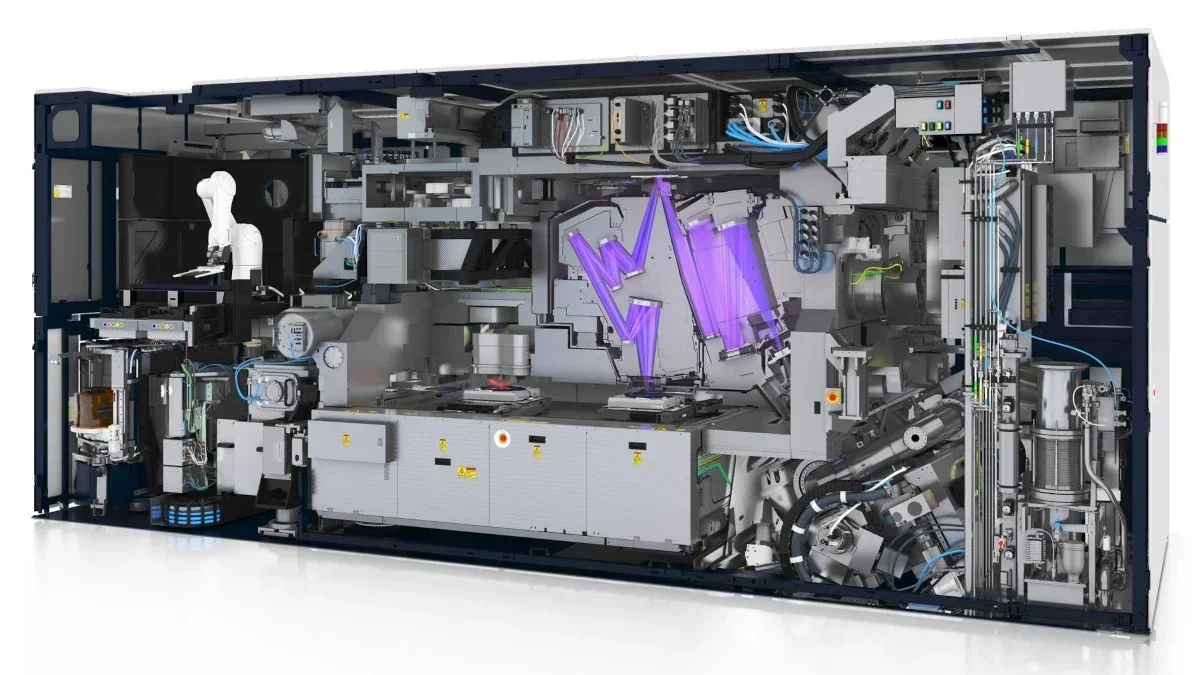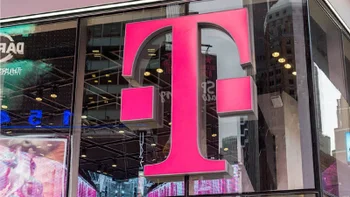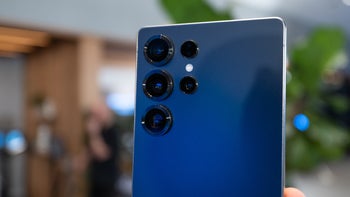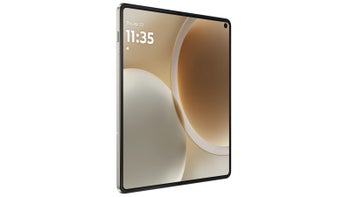Guide to the US-China chip war (and Europe's ASML pivotal role in it)

With all the information out there, it's hard to keep up with every single thing that's going on. In recent times, you've probably heard about ASML – a Dutch company that makes advanced extreme ultraviolet lithography (EUV) machines.
These machines are essential for producing today's smallest, most efficient chips, such as those in the iPhone 15 Pro models. We rely on these tools to produce 2nm chips – the next big thing in tech.
While you may have heard about ASML, I'm sure you're well aware of the US-China chip war, part of a greater economic quarrel.
Now, the Biden administration aims to persuade the Netherlands to prevent ASML from servicing certain machines in China, marking a step in the US's efforts to limit Beijing's technological advancements.
This move, discussed in an upcoming meeting between US and Dutch officials as well as ASML representatives, aligns with Washington's strategy to engage allies in constraining China's capacity to manufacture advanced semiconductor chips.
That's a complicated topic and that's why Reuters compiled a comprehensive guide, titled "Explainer: Why maintaining ASML equipment is the new front in the US-China chip war".
Here it is:
Why does ASML equipment matter?
Why would the US not want ASML to maintain equipment it has already sold?
Would the Dutch government deny maintenance licenses?
How much ASML equipment is in China?
What does ASML say?
What might the impact be on Chinese chipmakers?
What are the consequences for ASML?
While you may have heard about ASML, I'm sure you're well aware of the US-China chip war, part of a greater economic quarrel.
This move, discussed in an upcoming meeting between US and Dutch officials as well as ASML representatives, aligns with Washington's strategy to engage allies in constraining China's capacity to manufacture advanced semiconductor chips.
That's a complicated topic and that's why Reuters compiled a comprehensive guide, titled "Explainer: Why maintaining ASML equipment is the new front in the US-China chip war".
Why does ASML equipment matter?
- ASML dominates the market for lithography tools – huge, expensive, complex machines that perform one step in the chipmaking process, helping to create circuitry.
Why would the US not want ASML to maintain equipment it has already sold?
- To stop a targeted Chinese chip-making plant or "fab" from being able to operate. ASML machines are somewhere between difficult and impossible to replace. If an owner is denied spare parts and maintenance, at some point the machine would stop working, and the fab would be unable to produce chips.
Would the Dutch government deny maintenance licenses?
- The Dutch government, a close US ally, has not ruled out denying export licenses – which cover both exports and maintenance – to ASML in some cases where it sees a security risk. However, it has no plans for a blanket ban.
- Dutch export licensing policy is not aimed at China, an important trading partner, and the Dutch government does not want to harm ASML, its biggest company. In addition, much of the equipment ASML sells in China is used in less advanced chipmaking processes and does not require a Dutch license to export or maintain.
How much ASML equipment is in China?
- Lots. ASML sold more than 6 billion euros ($6.5 billion) worth of equipment to Chinese customers last year alone. The company does not disclose how much falls into categories that require a license – in industry terms, the "immersion" segment of UV lithography tools. That's ASML's upper middle range. Its best tools are not sold in China.
What does ASML say?
- ASML has export licenses in place to service the majority of its Chinese customers until December 31 this year, the company said in an emailed answer to Reuters' questions last month.
What might the impact be on Chinese chipmakers?
- This is uncertain. Take the fictional example of a Chinese chipmaker that has bought one of ASML's best immersion lithography UV tools for $60 million, but does not have its license renewed.
- US expert Paul Triolo, who notes that Chinese companies have generally found ways around US-led restrictions, described a process of decline over weeks or months.
- Without software updates, the system would not operate optimally. But Chinese engineers know how to operate their machines, and could be rehired if they are unable to work for ASML.
- Some of the thousands of parts in an ASML tool are replaceable or repairable if they break down. However, when it comes to highly specialized lenses and lasers, there are no known alternatives.
- Some parts could arguably be cannibalized from existing ASML machines. Most of the machines ASML has ever made are still in service – but nobody has ever tried running an advanced machine without the company's help.
What are the consequences for ASML?
- Likely minor, at least at first. China was ASML's second market in 2023 after Taiwan, with 29% of sales, slightly ahead of South Korea. About 20% of ASML's total revenues comes from the servicing of installed machines.
- While ASML dominates its market, it faces competition at the lower end of its product range from Nikon and Canon of Japan, and from domestic Chinese firm SMEE.
- Chinese chipmakers will be highly motivated over time to develop alternatives to using ASML gear.
Follow us on Google News













Things that are NOT allowed:
To help keep our community safe and free from spam, we apply temporary limits to newly created accounts: